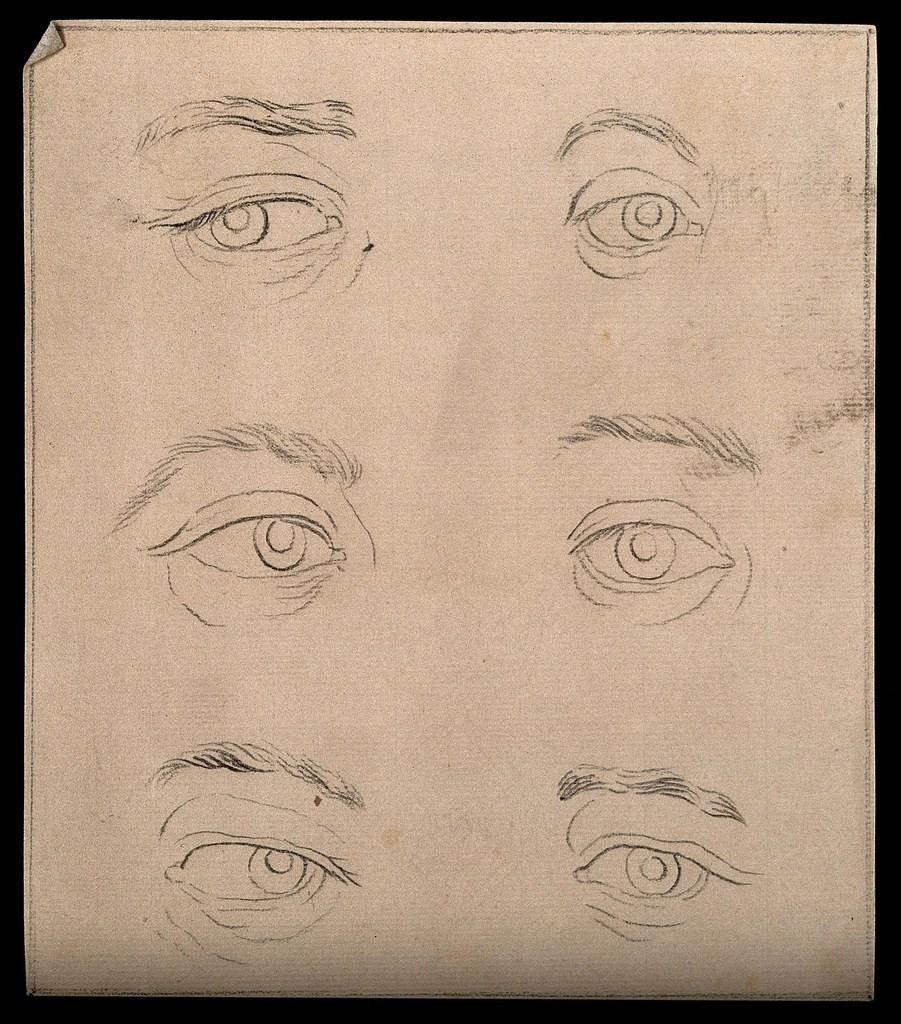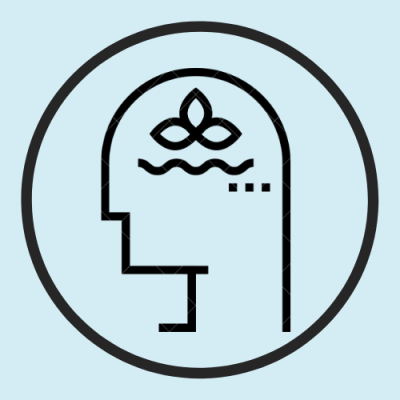Understanding the dynamic interplay between thoughts, emotions, and behaviours is crucial for gaining insights into human cognition and behaviour. This interconnectedness forms the basis of our experiences, shaping how we perceive and interact with the world around us. Our thoughts influence our emotions, which in turn affect our behaviour, creating a complex web of reactions to internal and external stimuli.

Emotions play a crucial role in our daily lives and influence our behaviour and interactions with the world around us. They are complex, multifaceted experiences that encompass a wide range of feelings, from joy and love to anger and fear. These physiological sensations often occur instinctively, triggered by external stimuli or internal thoughts, and can manifest in a variety of ways, such as increased heart rate, changes in body temperature or muscle tension. Our somatic awareness is an essential part of experiencing emotions, as we can become very aware of these physical changes when we are overwhelmed by strong feelings. Once triggered, emotions can profoundly affect our thoughts and cognitive processes, causing us to interpret and react to situations in certain ways. For example, feeling sad can lead us to think about underlying causes, while fear can lead to thoughts that focus on potential threats or dangers. Understanding the complex relationship between emotions and cognitive processes is essential to understanding the complexity of human experience and behaviour.
Behaviours emerge from these thoughts. Sometimes these behaviours are automatic and beyond our control. In most cases, however, we have control over our actions. It is important to recognise that we have different behavioural options at any given moment, but our mind tends to quickly jump from an emotion to a thought to a behaviour. This quick transition is driven by our mind’s perception of what is best for us, but this is not always correct. By becoming more aware of this process, we can learn to pause and consider our reactions more consciously. By acknowledging the power we have to choose our behaviour, we can exert more influence over our interactions and the outcomes we experience. This heightened awareness allows us to navigate challenging situations with more grace and control, developing a greater sense of emotional intelligence and well-being.
Developing an awareness of this cycle is essential to our emotional and mental well-being. The sequence of emotions leading to thoughts, which in turn lead to behaviours, forms a loop in which each element can influence the others. By becoming aware of this process, we can gain greater insight into our own thought patterns and emotional responses. Through practises such as meditation, we can develop the ability to break this cycle, leading to more positive, beneficial and healthy behaviours. Meditation helps us to recognise when our automatic mind is taking over and allows us to pause and decide how we want to respond rather than react impulsively. This focussed awareness is a central theme in many guided meditation exercises, enabling individuals to cultivate a sense of inner peace and emotional resilience.
Our mind often wanders off into either the past or the future. If it focuses on the past, this can lead to rumination —the replaying of old, limiting stories and identities. If it looks to the future, it can trigger anxiety by playing out scenarios that may never materialise. By practicing meditation, we cultivate a greater awareness of the present, as if we were shining a bright light in an attic to see all the little details of our inner world. This practise helps us to build a different relationship with our inner world and better align our outer behaviour with our true self.
Overcoming challenges is a fundamental aspect of the human experience, an enduring journey that shapes our character and resilience. Meditation and self-reflection are powerful tools on this journey, giving us the opportunity to delve deep into our inner thoughts and feelings. However, it is important to recognise that these practises are not quick fixes that bring instant results, but are ongoing processes that we continually nurture and develop. As we navigate through the complexities of life, we endeavour to create harmony and consistency between our inner aspirations and the reality of our outer world. Often our minds may conjure up various excuses and resistance to change, but it is in these moments that our commitment to growth and self-improvement is revealed.
Our ego often resists this practise, preferring convenience and ease to the introspection and effort required for meditation. For example, if you decide to get up early to meditate, the voice of the ego may tempt you to stay in bed instead. This voice is looking for novelty and convenience, remnants of our evolutionary past when it was vital to conserve energy. It is important to recognise that this resistance is a natural part of the human experience, rooted in the instinct to avoid discomfort and seek instant gratification. However, through mindfulness and self-awareness, we can learn to observe these impulses without being controlled by them. By acknowledging the role of the ego in our behaviour and choices, we can begin to develop a healthier relationship with our thoughts and actions.
We no longer live as hunter-gatherers. Today we can consciously recognise when the old patterns of our ancient mind emerge and make different choices. The rational, conscious part of our mind understands the importance of meditation and urges us to continue despite resistance. When we take the time to reflect on our thoughts and feelings, we gain a deeper understanding of ourselves and the world around us. This self-knowledge enables us to make healthier choices and face life’s challenges with more clarity and purpose. Through mindfulness and self-reflection, we can develop a deeper connection to our inner self and cultivate a greater sense of inner peace and fulfilment.
The further we progress on our journey of personal growth and self-discovery, the more important it becomes to find ways to stay inspired. Simple acts such as lighting a candle or burning incense can create a calm and uplifting atmosphere that allows us to reconnect with our inner selves. These small, intentional acts can reignite our enthusiasm and remind our ego of the importance and deeper meaning of the practise. It is important to remember that showing up regularly and enduring resistance are integral parts of the journey to a more aligned and aware self. By recognising and working on obstacles and challenges, we can cultivate our resilience and strengthen our commitment to personal development.

Subscribe to my free newsletter for more tools, guided meditations, and productivity insights.
If you want to start putting these ideas into action, you can sign up for Integrative Meditation (Level 1). This course represents the culmination of years of learning, practice, and personal growth. Integrative Meditation is a comprehensive framework designed to enhance your mental and emotional well-being. It draws on Mindfulness-Based Cognitive Therapy (MBCT), positive psychology, neuroscience, Acceptance and Commitment Therapy (ACT), journaling, and breathwork to support you in reducing stress, enhancing focus, building emotional resilience, and discovering your true self.








